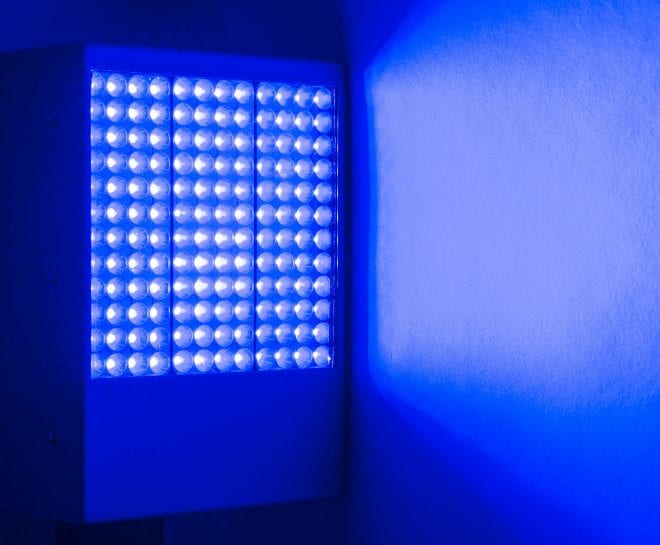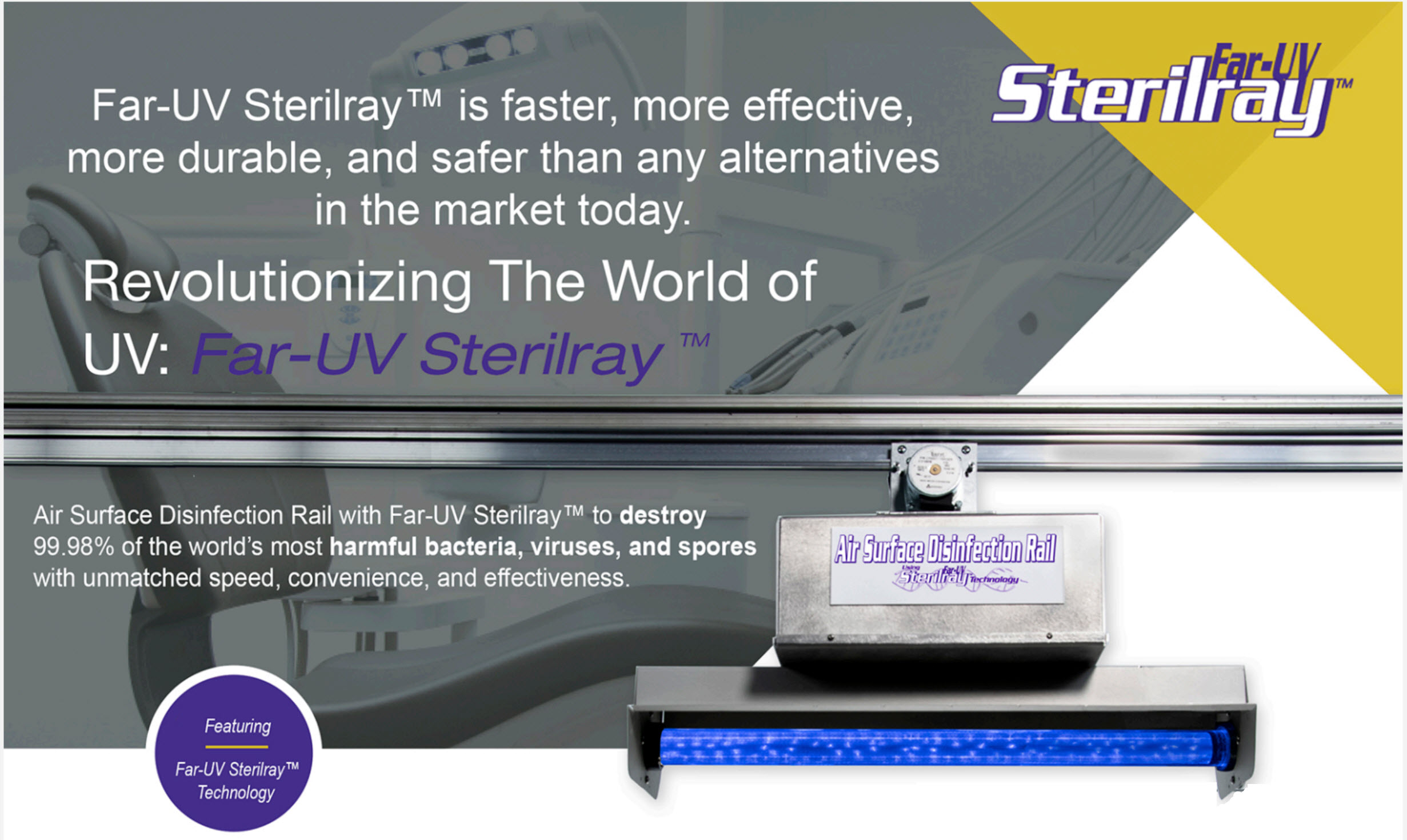UV Disinfection: The Cutting-Edge Modern Technology Changing Sanitation Practices
In the realm of cleanliness techniques, one technology has arised as a game-changer: UV sanitation. With its capability to get rid of unsafe microorganisms, this sophisticated technology is reinventing the means we come close to sanitation and health. How does UV disinfection job, and what are the advantages it supplies? From health care setups to food processing, UV disinfection is making its mark in numerous sectors. In this conversation, we will explore the intricacies of this transformative innovation and look in advance to its encouraging future.
Exactly How UV Disinfection Works
UV sanitation works by utilizing ultraviolet light to ruin or suspend microorganisms, providing a chemical-free and very efficient approach of cleanliness. This technology uses the power of short-wavelength UV-C light, which can harming the DNA and RNA of microbes, therefore providing them incapable to duplicate and trigger harm.
The process begins with the setup of UV sanitation systems, which contain UV lamps that emit UV-C light. These lamps are tactically placed in locations where microbial contamination is an issue, such as water therapy plants, hospitals, research laboratories, and food handling facilities.
When bacteria are exposed to UV-C light, the photons penetrate their cell walls and reach the DNA and RNA within. The high-energy UV-C photons disrupt the hereditary material by producing bonds in between nearby nucleotides, causing the formation of thymine dimers. These dimers stop the microbes from reproducing, rendering them safe.
UV disinfection is extremely reliable against a broad array of microorganisms, consisting of bacteria, infections, and parasites. It is especially effective against waterborne pathogens like E. coli, Giardia, and Cryptosporidium. UV disinfection is a chemical-free approach, removing the demand for potentially dangerous anti-bacterials and reducing the threat of harmful disinfection byproducts.
Benefits of UV Disinfection
UV disinfection uses many advantages in the field of cleanliness, making it a highly preferred approach for effectively removing harmful microbes. Among the crucial advantages of UV sanitation is its capacity to provide a chemical-free remedy. Unlike conventional disinfection techniques that depend on chemicals, UV sanitation utilizes ultraviolet light to damage the DNA of microorganisms, making them incapable to recreate and trigger infections. This not only eliminates the need for possibly unsafe chemicals yet additionally minimizes the danger of chemical deposit on surfaces.

UV sanitation is likewise very flexible in its applications. It can be utilized in numerous setups, including healthcare facilities, institutions, food handling centers, and water therapy plants. UV sanitation systems can be conveniently incorporated right into existing hygiene techniques, giving an added layer of defense against contagious illness.
In enhancement to its effectiveness and convenience, UV sanitation is likewise eco-friendly. It does not create any type of dangerous results or deposits, making it a lasting and risk-free method for cleanliness - uv surface disinfection. Moreover, UV sanitation requires minimal upkeep and has a long life-span, leading to price savings over time.
UV Sanitation in Health Care Settings
In healthcare setups, UV sanitation has become a revolutionary technique for efficiently eliminating damaging bacteria. Using UV light to disinfect surface areas and devices has gained appeal due to its capacity to supply an additional layer of defense against virus. UV disinfection works by discharging ultraviolet light at a certain wavelength that is deadly to bacteria, infections, and other bacteria. This technology uses several benefits in healthcare settings.
First of all, UV sanitation is a non-chemical method, making it an eco friendly option contrasted to standard disinfection methods that usually entail the use of severe chemicals. The use of UV light gets rid of the requirement for chemical anti-bacterials, reducing the danger of dangerous deposit or chemical direct exposure to both patients and health care workers.
Furthermore, UV disinfection is very reliable in eliminating a vast array of microorganisms, including drug-resistant bacteria such as MRSA and C. difficile. It provides a dependable and regular disinfection procedure, making certain that all surfaces and equipment are thoroughly disinfected, also in hard-to-reach locations.

UV Disinfection in Food Handling
The application of UV disinfection extends past health care settings and locates considerable value in the world of food handling. uv surface disinfection. UV disinfection innovation is additional resources ending up being progressively preferred in the food sector as a result of its capacity to properly remove unsafe pathogens and boost food safety and security
One of the major advantages of UV disinfection in food handling is its capability to target a large range of microbes, consisting of bacteria, infections, and mold and mildews. By utilizing UV light at certain wavelengths, it is possible to disrupt the DNA and RNA of these virus, providing them unable to replicate or cause damage. This technology can be put on numerous phases of the food handling chain, including surface disinfection, tools sanitation, and water therapy.
UV disinfection supplies a non-thermal and chemical-free technique of sanitizing foodstuff. Unlike typical sanitation techniques that count on chemicals or heat, UV modern technology does not leave any kind of residue or change the taste, appearance, or nutritional value of the food. This makes it a suitable remedy for markets that require stringent adherence to quality criteria.
Moreover, UV disinfection systems are very easy to run and set up, requiring minimal upkeep. They can be integrated right into existing processing lines without creating considerable disruptions to the manufacturing process. In addition, UV systems have a quick therapy time, enabling continuous processing and reducing downtime.
The Future of UV Sanitation

One location where UV disinfection is anticipated to make significant advancements remains in the field of healthcare. With the surge of antibiotic-resistant germs and the demand for more effective disinfection techniques, UV light has the prospective to play an essential role in decreasing healthcare-associated infections. UV disinfection systems can be utilized to decontaminate surfaces, equipment, and even the air in healthcare centers, aiding to stop the spread of damaging microorganisms and enhance client security.
One more industry that could benefit from developments in UV disinfection innovation is the food market. UV light has already confirmed to be an effective technique for decontaminating food items and lowering the risk of foodborne health problems. As modern technology improves, we can expect to see extra cost-effective and efficient UV disinfection systems being executed in food processing plants, ensuring that the food we consume is risk-free and without harmful germs.
Verdict
In final thought, UV disinfection is a sophisticated technology that is transforming sanitation techniques in health care setups and food handling. By using UV light to eliminate or shut down bacteria, it offers countless benefits such as security, check my reference efficiency, and performance. With continuous improvements in this field, UV sanitation holds terrific potential for the future of hygiene, giving a lasting and trustworthy service for maintaining clean and sanitary environments.
UV sanitation is a chemical-free method, eliminating the need for potentially damaging disinfectants and website here lowering the threat of harmful sanitation byproducts.
Unlike standard sanitation techniques that count on chemicals, UV sanitation utilizes ultraviolet light to damage the DNA of microbes, rendering them not able to replicate and create infections. Unlike typical disinfection methods that rely on chemicals or heat, UV technology does not leave any type of deposit or modify the taste, texture, or nutritional worth of the food. As modern technology improves, we can expect to see a lot more cost-effective and efficient UV disinfection systems being executed in food processing plants, making sure that the food we eat is safe and complimentary from harmful germs.
In verdict, UV disinfection is an advanced innovation that is changing cleanliness practices in healthcare setups and food handling.
Comments on “Future-Proofing Your Space: Incorporating UV Surface Disinfection for Ongoing Security”